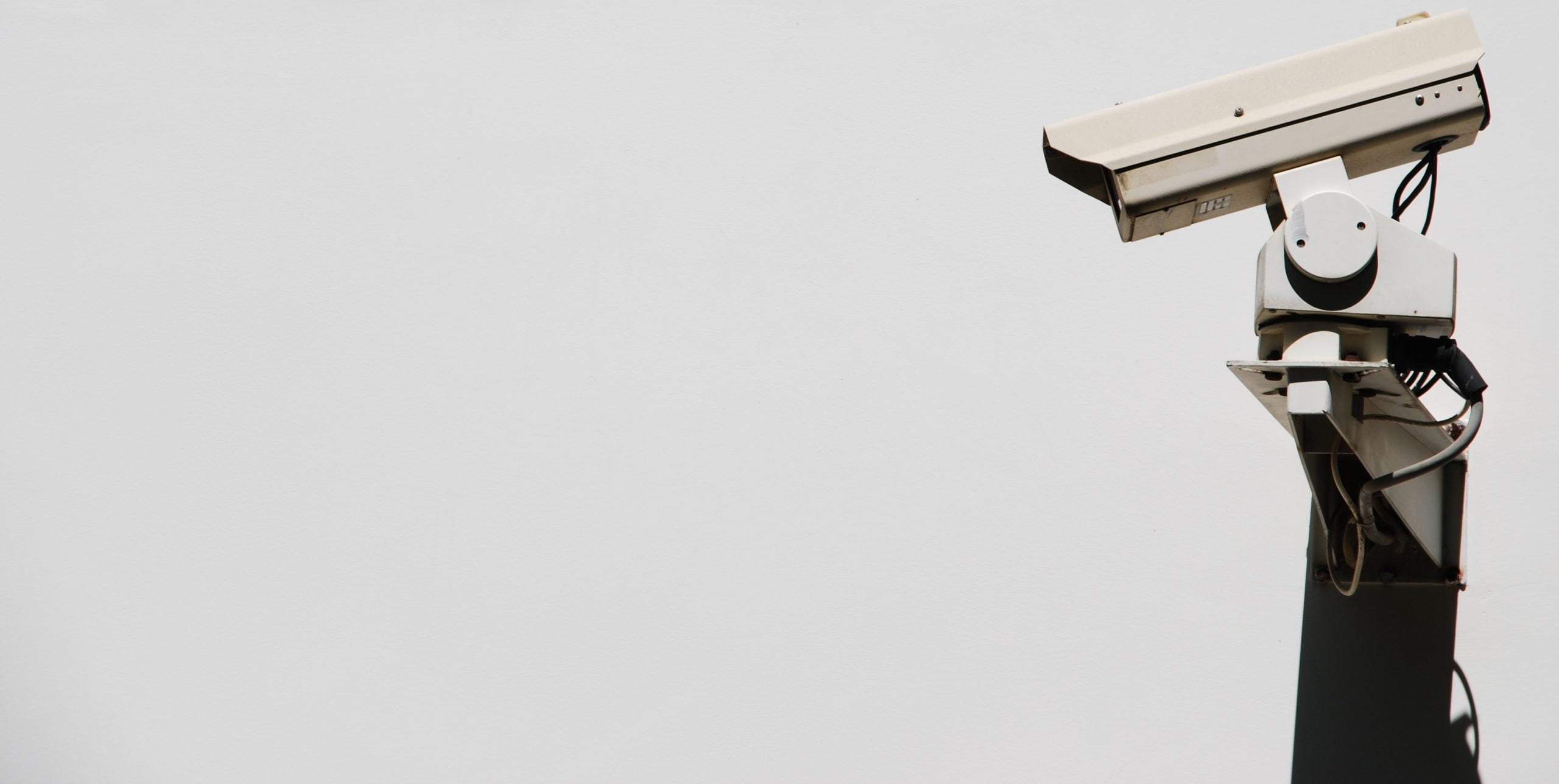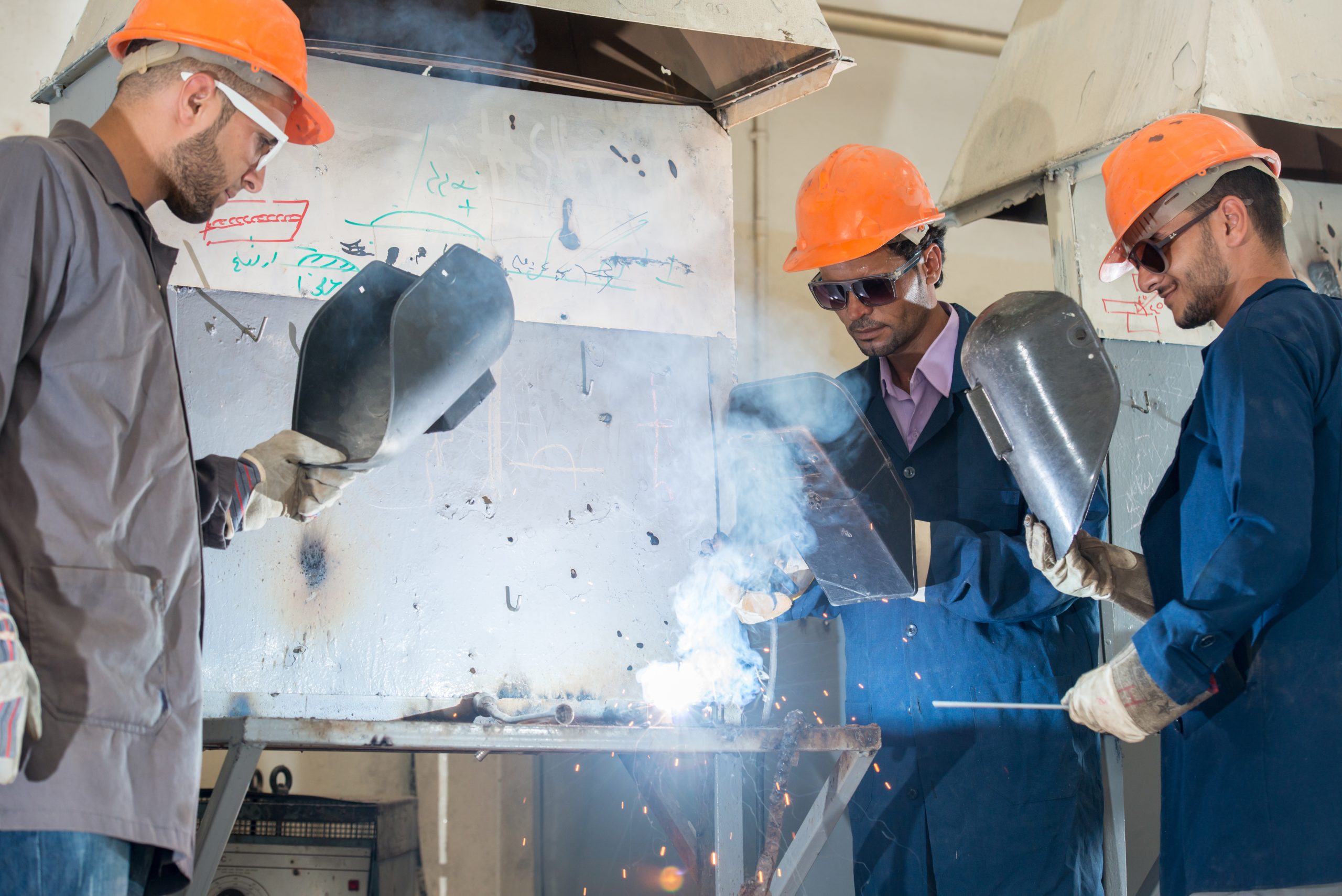Introduction to Disaster Preparedness
Disaster preparedness is an essential aspect of life that helps individuals and families prepare for unexpected emergencies. It involves taking proactive steps to ensure you are ready when disaster strikes. Understanding the different types of disasters, their likelihood, and potential impact on your community can help you develop a comprehensive plan to keep yourself and loved ones safe.
Understanding the Different Types of Disasters
There are several types of natural disasters that can occur, including hurricanes, earthquakes, floods, tornadoes, wildfires, and more. Each type of disaster requires specific preparation strategies to minimize its impact. For example, if you live in an area prone to hurricanes, it’s crucial to have a plan in place to evacuate or shelter-in-place during a storm. Similarly, if you reside near an active fault line, earthquake preparedness should be a top priority.
Preparing for Hurricanes
Hurricane season runs from June through November, with peak activity occurring between August and October. If you live in a coastal region, it’s critical to have a hurricane plan in place. This includes monitoring weather updates, stockpiling supplies such as non-perishable food, water, flashlights, batteries, and first aid kits, and having a designated meeting spot for family members. Additionally, consider investing in hurricane shutters or plywood to protect windows and doors from flying debris.
Earthquake Preparedness
Earthquakes can strike without warning, making preparation vital. To prepare for an earthquake, create a disaster kit that includes items like water, non-perishable food, flashlights, extra batteries, and first aid supplies. Secure furniture and heavy objects to walls to prevent them from falling over during a quake. Develop an evacuation plan and practice it regularly with your family.
Flood Safety Tips
Flooding is one of the most common natural disasters, affecting millions of people each year. To stay safe during a flood, listen to local news reports and follow instructions from authorities. Move valuable possessions to higher ground or elevate them above the floor level. Avoid walking or driving through flooded areas, as just six inches of water can cause loss of control or stalling of a vehicle.
Home Defense Strategies
In addition to natural disasters, home defense is another important aspect of disaster preparedness. Consider installing security cameras, motion sensors, and alarms to deter intruders. Keep doors and windows locked at all times, and reinforce weak points in your home’s structure. Learn self-defense techniques and practice them regularly with your family.

Building a Bug-Out Bag
A bug-out bag is a portable kit that contains everything you need to survive for up to three days during an emergency situation. Essential items include water, non-perishable food, first aid supplies, clothing, and tools. Customize your bug-out bag based on your unique needs and location.
Essential Items for Your Emergency Kit
An emergency kit is a collection of supplies that will help you survive during a crisis. Include items like water, non-perishable food, flashlights, extra batteries, first aid supplies, and personal hygiene products. Don’t forget to pack any necessary medications or medical devices.
Storing Food and Water for Long-Term Storage
Long-term storage of food and water is essential for disaster preparedness. Stockpile non-perishable food items like canned goods, rice, pasta, and grains. Store bottled water or invest in a water filtration system to ensure access to clean drinking water. Rotate your stored food and water every two years to maintain freshness.
First Aid Training and Supplies

First aid training is critical in case of injuries during a disaster. Take a first aid course and learn how to treat common injuries like cuts, burns, and broken bones. Make sure your first aid kit is well-stocked with bandages, antiseptic wipes, gauze, tape, and other essentials. Remember to refresh your first aid supplies regularly.
Conclusion
Disaster preparedness is not only about being ready for worst-case scenarios but also about peace of mind. By following these tips, you can rest easy knowing that you and your family are protected in the event of an emergency. Remember to review and update your disaster plans annually, and don’t hesitate to seek professional advice if needed.